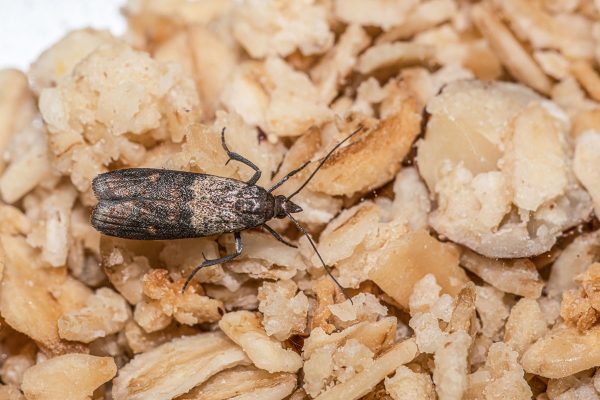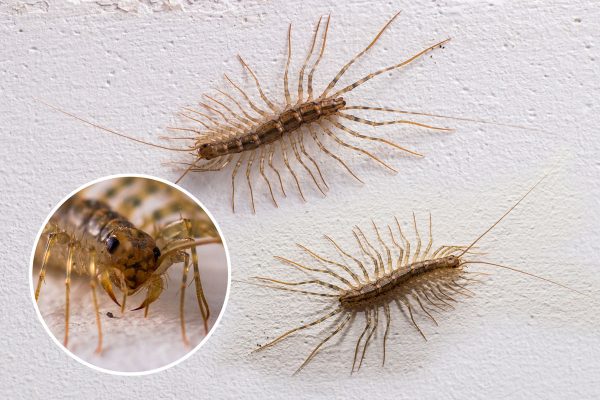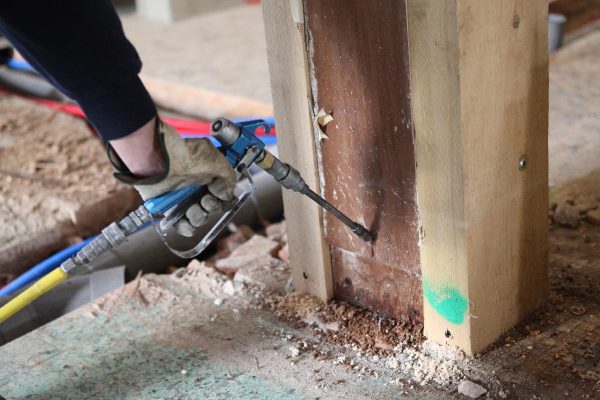If you live in an area commonly infested by stink bugs, you need to know which seasons they are most active and seasons they are not. This will help you strategize better to avoid infestation and get your house protected just in time for when they start to become active again. So, do stink bugs hibernate? When is their lull season? We have researched answers for you.
Stink bugs go through a season called diapause in which stink bugs go through their version of hibernation. They do not necessarily go to sleep, but during this period, stink bugs will not come out of their nests to feed or reproduce. This period begins from autumn to winter and ends during the spring and summer.
Knowing the life cycle and seasonal habits of stink bugs will help you determine the necessary courses of action to prevent an indoor and outdoor infestation. Keep reading to learn more about the habits of stink bugs.
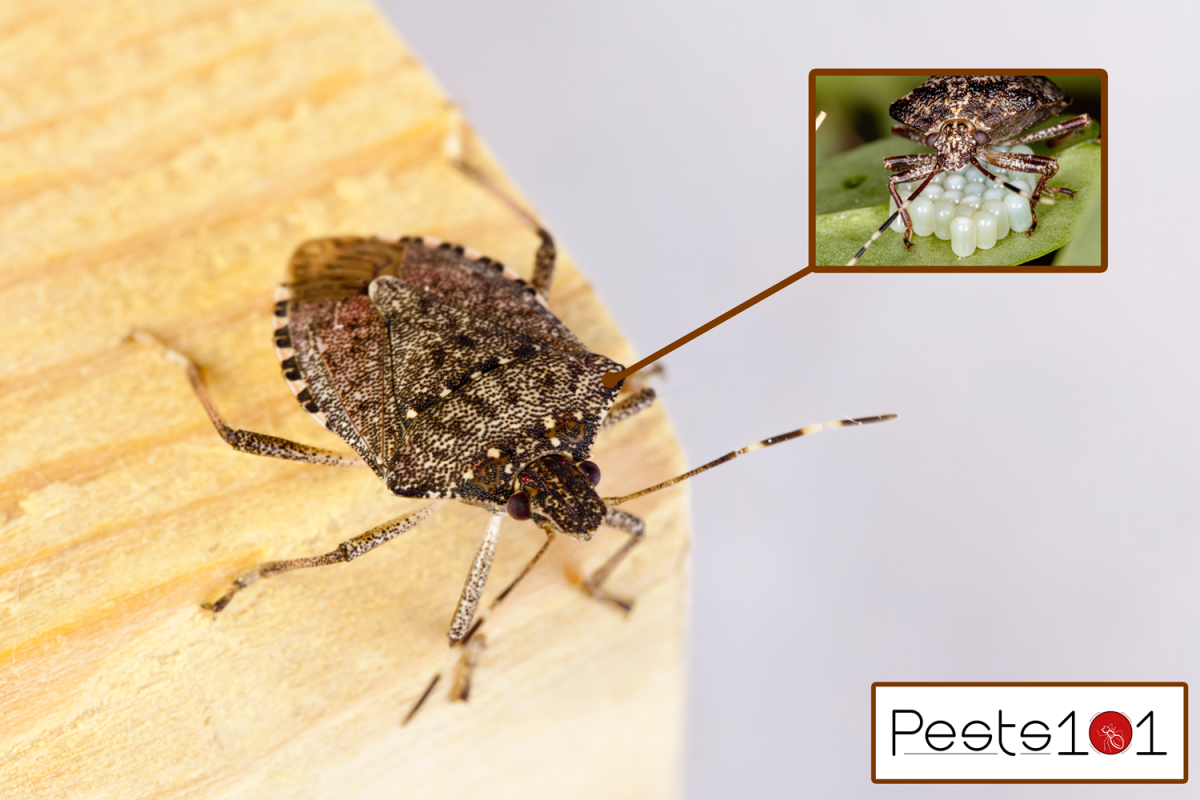
Do Stink Bugs Hibernate?
During wintertime., stinkbugs rarely find any crops and fruit-bearing trees to feed on. As a survival instinct, stink bugs go through a period called diapause where they burn through the nutrients they have stored up in their body through the summer and spring.
During a diapause, they cannot feed, hunt, or mate and are essentially inactive.
A diapause is necessary since they cannot forage for food. Their bodies are not equipped to survive the harsh winter, and they have not evolved since they migrated from Southeast Asia.
Stink bugs enter homes through cracks and crevices when they are about to enter diapause to seek warmth. If your house is a favorable environment, stink bugs will feed on your crumbs and leftover food.
However, Some stink bugs who haven't stored enough nutrients to survive long winters can die even if they nest in a warm place.
How Do Stink Bugs Find A Hibernation Site?
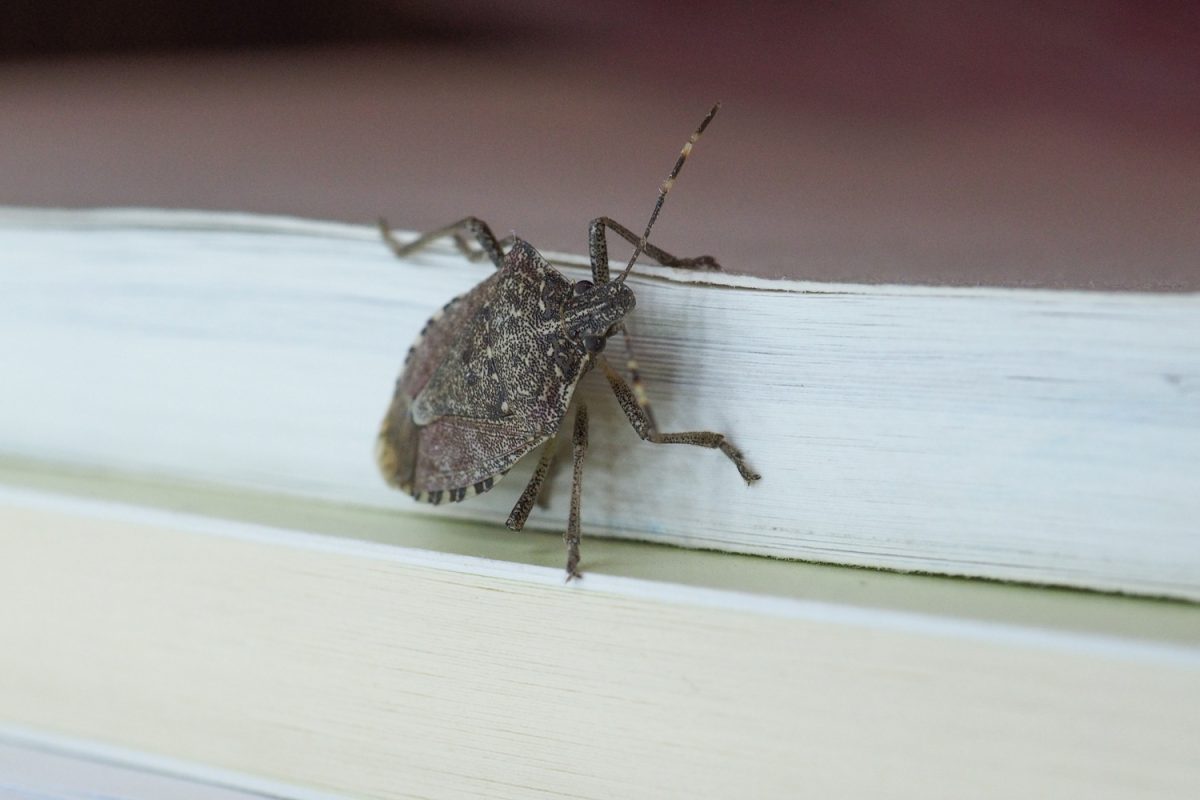
Stink bugs will typically target a house with lots of light sources--artificial or natural. They are attracted to humid and warm homes since that's what their bodies are designed to thrive in. They will enter crawlspaces, attics, or wall voids if they find the tiniest cracks or detect scent trails in the area.
However, if your house is secured and they have nowhere to enter through, stink bugs will most likely enter their dormant period under a log, piles of leaves, or burrow underground.
Stink bugs will remain perfectly still when they find a suitable place to burrow. This is why they look for places that are normally not seen or inaccessible--they don't want to risk predators preying on them during their vulnerable state, so spotting them may be challenging.
However, if the temperature starts to rise and fall intermittently, you may be able to see them coming in and out of hiding around your home. When this happens, you'll be able to follow their trail and remove them from your home.
Will The Winter Temperature Kill Stink Bugs?
Although the harsh cold can kill more than 50% of stink bugs, most of their species know how to quickly hide when they sense that another cold wave is coming. Aside from that, stink bugs can survive temperatures up to -4F, so expecting the stink bug population to decline during winter is not reliable.
Although one experiment found that stink bugs in the cold temperatures in 5-gallon buckets can kill 98% of their population, in real life, stink bugs know how to hide even in the harshest temperatures.
Even if they don't manage to hide in someone's house, they'll find a way to burrow themselves underground or inside dead trees until the winter passes.
The survival of stink bugs does not only depend on the temperature but on their behavior during this time. They are very resilient, so even if the temperature drops, they can stop their normal physiology and wait silently until spring and summer.
What's important for the stink bugs is that they have fed on enough food during warm months that can keep them alive for long stretches of time. Their survival rate decreases if they don't have enough nutrients to last until the next season.
How To Tell Your House Has Stink Bugs
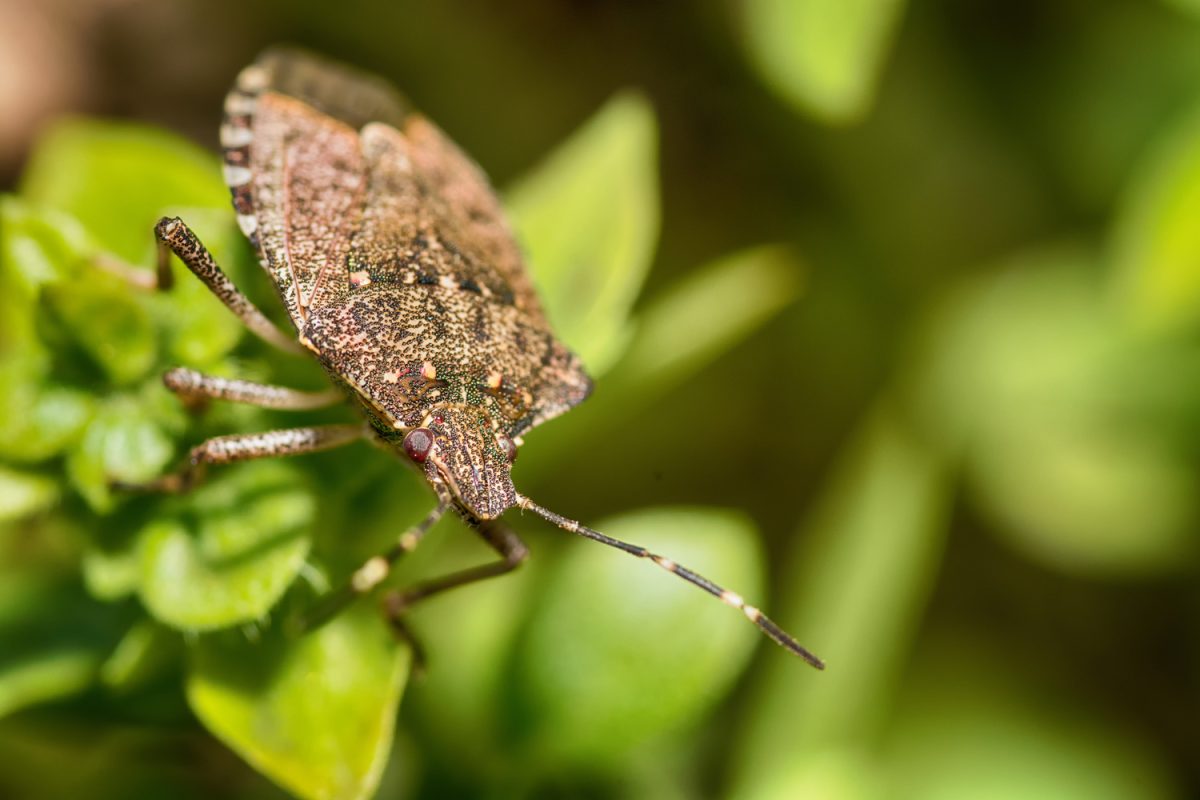
Having stink bugs inside your home is not uncommon, especially during the winter. They are difficult to spot, but you can assume that you are already harboring them especially if you had not repaired the smallest cracks and holes around your house before the winter season.
Although it is difficult to directly see them, there are signs that point to a stink bug infestation. When you find these signs, all you'll need to do next is to follow their trail and treat their nesting areas to eliminate them.
Here are signs that your house has stink bugs:
You Can Smell Their Pheromones
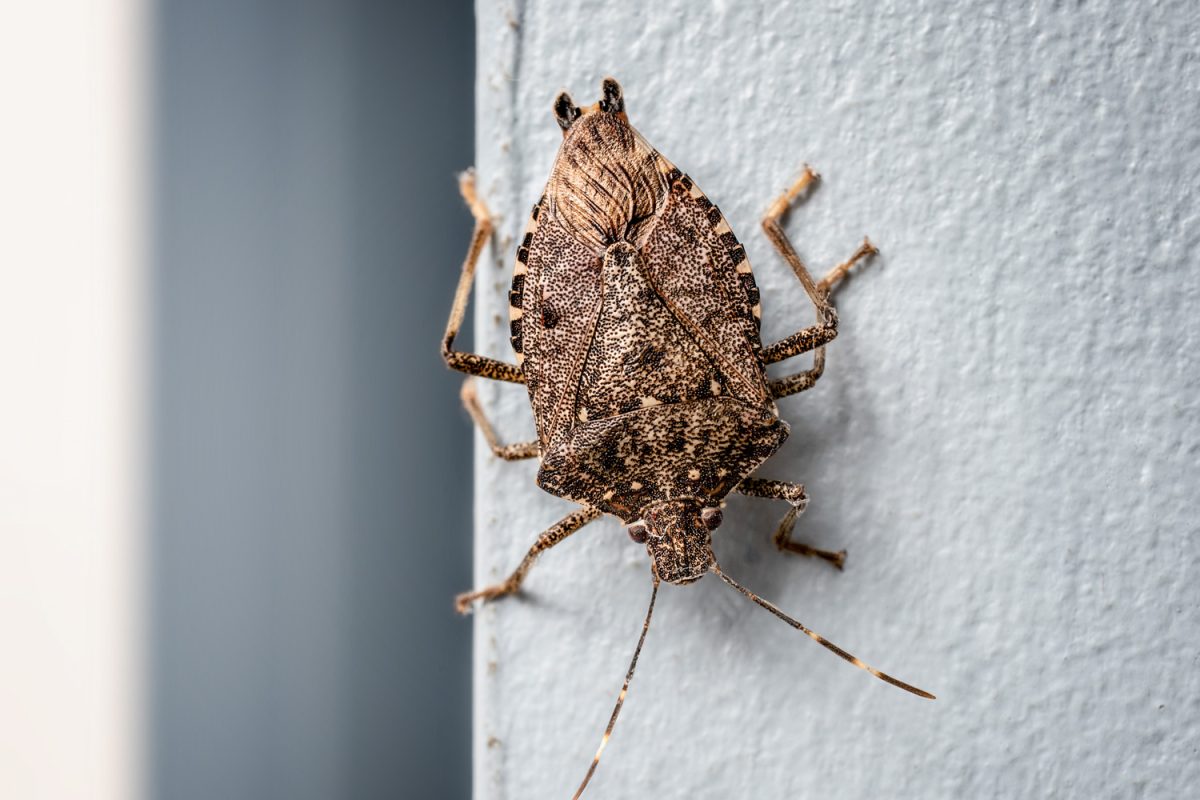
One of the telltale signs of an infestation is when you start to smell something strange around your home. Although this may not be the same stench they release when they are under threat, it is most likely pheromones to let other stink bugs know about a safe space they can nest in during their diapause.
When they let other stink bugs follow their scent trail, the smell will get worse. The upside of this is you are now made aware of their presence, and can now do the necessary steps to eliminate them. And since their scent is particularly strong, it's only a matter of time before you locate them.
Spotting Dead Stink Bugs
Although most stink bugs can survive long periods of diapause or hibernation, some aren't so lucky. They may not have enough nutrients stored up to survive winter, or the drops in temperature proved to be too much for them.
When this happens, dead stink bugs are likely to accumulate in your home. You can find them in a pile on your floor, or you may notice them along your walls or windows.
When this happens, you'll be able to locate their nest faster. Just make sure you don't confuse common ants with stink bugs: stink bugs are a half-inch bigger, and they have distinct three body segments.
Chewed Up Houseplants
Stink bugs will only go through diapause and completely stop feeding when they don't see any sources of food during winter. However, if your home is both humid and houses a lot of fruiting indoor plants, chances are stink bugs will eventually find their way to them and destroy your plants.
When you notice that some of your crops may have been chewed over, you need to act immediately since it's only a matter of time before stink bugs completely invade your house especially if winter stretches longer.
You can call pest control services for more effective management or apply home remedies.
Do Stink Bugs Cause Structural Damage?
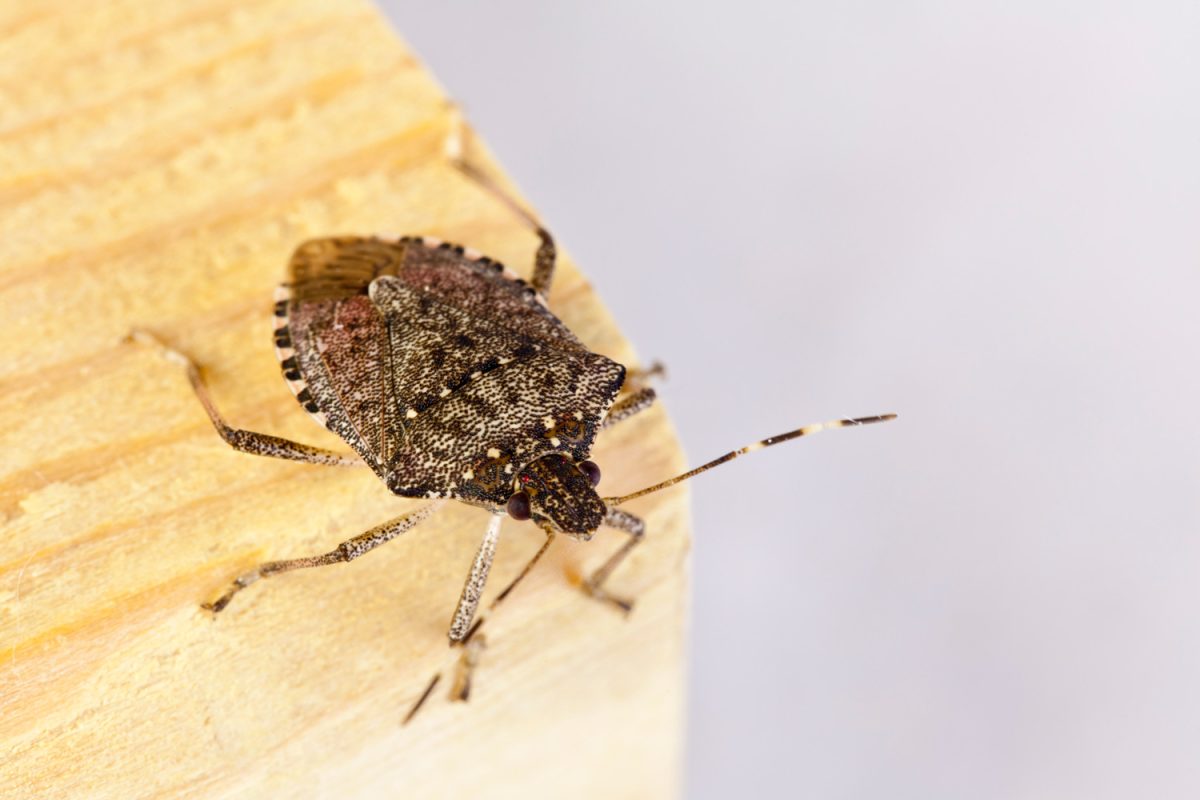
Although stink bugs might congregate inside attics or wall voids, they are not able to chew on wood and cause structural damage.
They can spend winter under bookcases, beds, baseboards, or couches, but they are more likely to destroy vegetation found indoors and outdoors since that's their usual diet.
Stink bugs will also not reproduce if they are inside their nests, or inside your house, especially during the winter when they are most likely saving up their energy to survive.
These insects also do not bite or transmit diseases, although some people can be allergic to their stench.
However, even if they do not cause structural damage, they are still a nuisance that needs to be eliminated. They are often an indication that the house needs repair, and that you need to decrease the moisture in your house.
Final Thoughts
Stink bugs know are resilient pests that can't easily be killed by harsh weather conditions. For this reason, you need to upgrade the security around your home during the winter so stink bugs won't make their nest inside your home and become a nuisance.
If you want to learn more about how to eliminate pests in your house, check out "Do Odorous Ants Have Wings?" or "Can You Mix Sevin Dust With Water? [And How To]."

